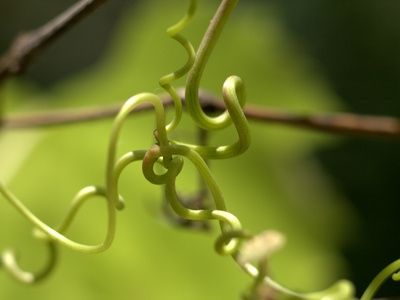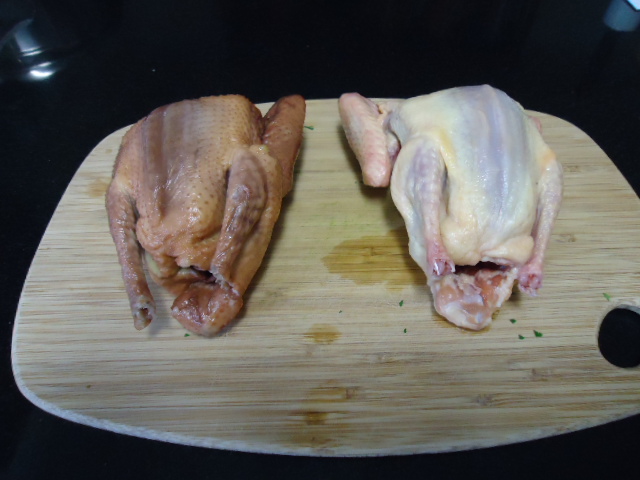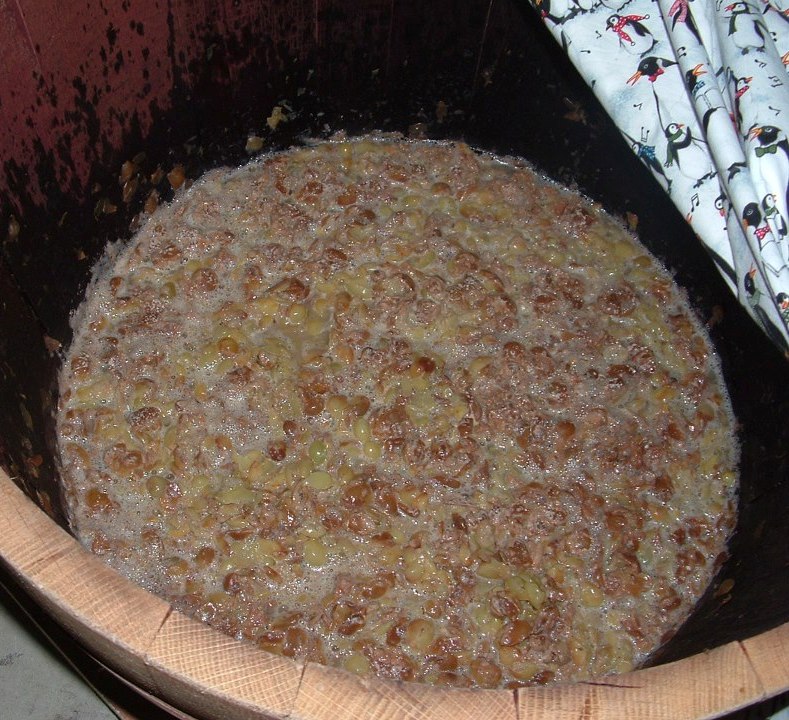| | So yesterday was presentation day for Round 1. It was good to see all our stuff in one place at one time. There were some fantastic entries by a lot of teams, and most had gotten the message that they needed to explore more than one aspect of their element, and all tried something new to them. Most explored some version of cooking (as it has a quick turnaround) but each team had at least one other option, which was great to see. Our presentation looked great, thanks to Francesca's efforts to secure appropriate feast ware, and also to Muirghein's sea shell inspiration. Francesca, Portia, and Maeve all assisted in presenting this to the judges and talking them through. People seemed to really enjoy the taste of the chicken dishes, particularly the Mawmenny redux, and loved the colour of the Grape Relish, and the Vine Tendril Black. Two things we didn't do very well - we didn't write up documentation for the raisins (!), and we forgot to take photos (thankfully Stella Guo did!) |
There were some great explorations, with some particularly difficult challenges that teams had set themselves. Well done to Crispin (Burbage - Fat) for learning drop spindle both flax and hemp in order to make both tallow and beeswax candles; Fiorella for taking her team (Descartes Specials - Tin) through the tin glaze project; and to Ben the Undecided (Rouge et Valois - Fungus) for his first ever recipe redaction of a german stuffed mushroom recipe that tasted divine. Huge props to Alexandra and Zenobia (Sew & Swear - Sugar) for their making sugar from cane; for the many types of soap explored by Ragnhildr (Cooks Guild - Lemon); and for the College of Saint Andronicus tackling the hardest one (bone) up front, and making dice, wax tablet & stylus, and bone marrow pie.
Looking forward to seeing even more teams rise to the challenge next time!
Looking forward to seeing even more teams rise to the challenge next time!



 RSS Feed
RSS Feed